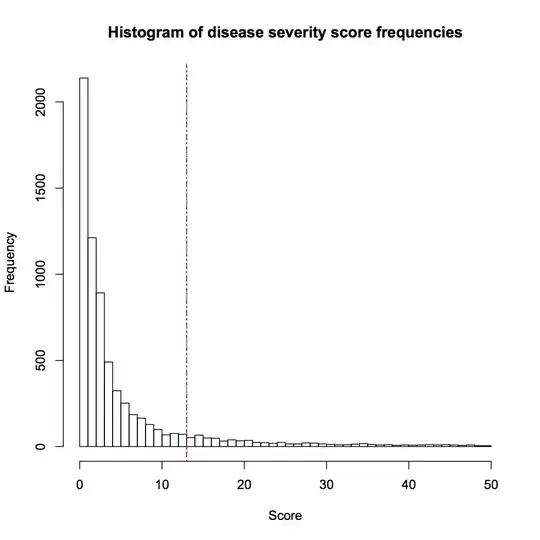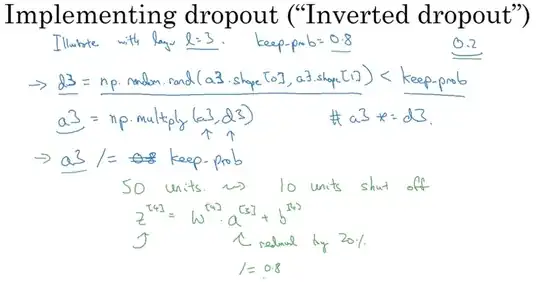When applying dropout in artificial neural networks, one needs to compensate for the fact that at training time a portion of the neurons were deactivated. To do so, there exist two common strategies:
- scaling the activation at test time
- inverting the dropout during the training phase
The two strategies are summarized in the slides below, taken from Standford CS231n: Convolutional Neural Networks for Visual Recognition.
Which strategy is preferable, and why?
Scaling the activation at test time:
Inverting the dropout during the training phase:



$0.2 -> 5 -> 1.25$
$0.5 -> 2 -> 2$
$0.8 -> 1.25 -> 5$
– Ken Chan Apr 25 '17 at 05:41